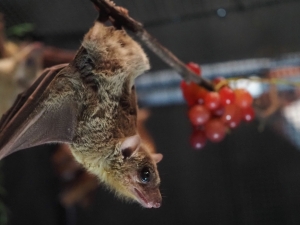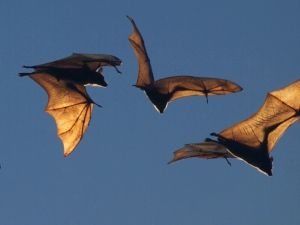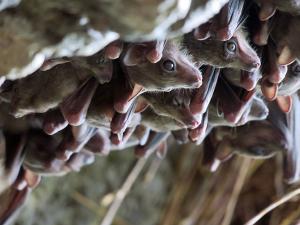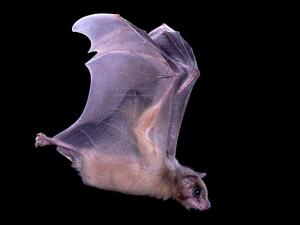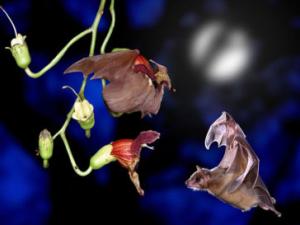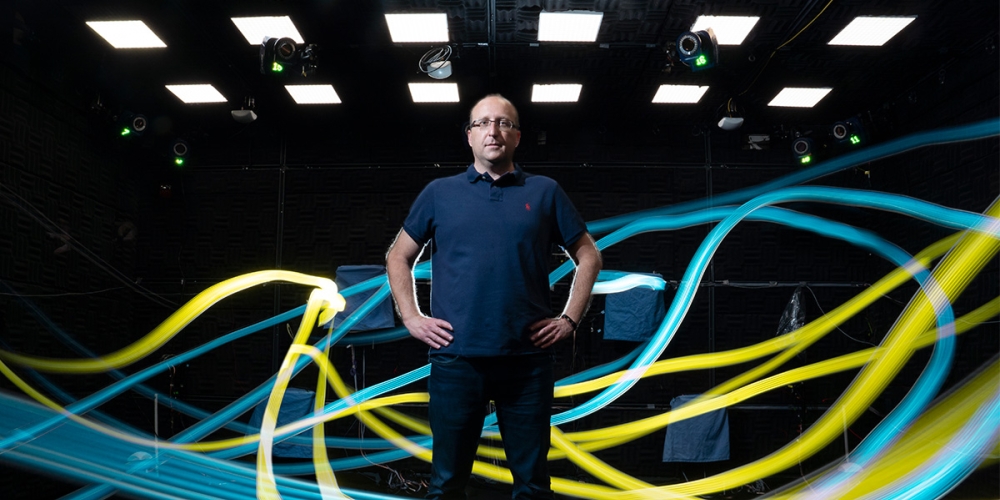

Research Expertise and Interest
neuroscience, engineering
Research Description
Michael Yartsev is an associate professor in the Department of Bioengineering. His lab seeks to understand the neural basis of natural spatial, social and acoustic behaviors in mammals. They believe that to truly understand the brain, one needs to carefully select the appropriate model system for the scientific question at hand. Therefore, they utilize one of the most spatially and socially sophisticated mammals - the bat. In the spatial domain, they take advantage of the bat's natural ability to form new spatial memories and execute complex forms of navigation with extreme precision. In the social domain, they utilize the natural desire of bats to interact and communicate with one another in social groups. This allows them to obtain unique insights into the neurobiology of social memory and communication as the underpinnings of group social behavior. To facilitate their research they pioneered a wide range of neural technologies in freely behaving and flying bats for monitoring and manipulating neural activity (e.g., wireless electrophysiology and wireless calcium imaging in individuals, pairs or groups). Together, by taking a neuroethological approach they aim to uncover core principles of brain function that subserve complex natural behaviors in the mammalian brain
